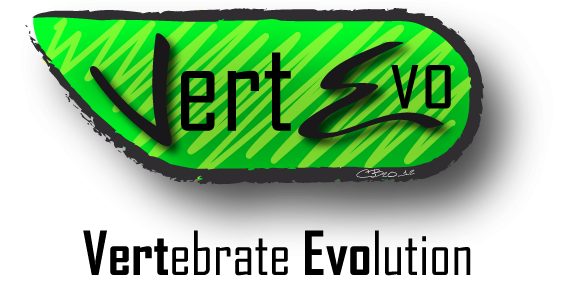50 Years of Vertebrate Palaeontology Working Group
Since 1974, paleontologists from Germany and neighboring German-spaeking countries have been meeting annually for the Vertebrate Palaeontology Working Group (Arbeitskreis Wirbeltierpaläontologie). In the first two years, the meeting took place as part of the...











Neueste Kommentare